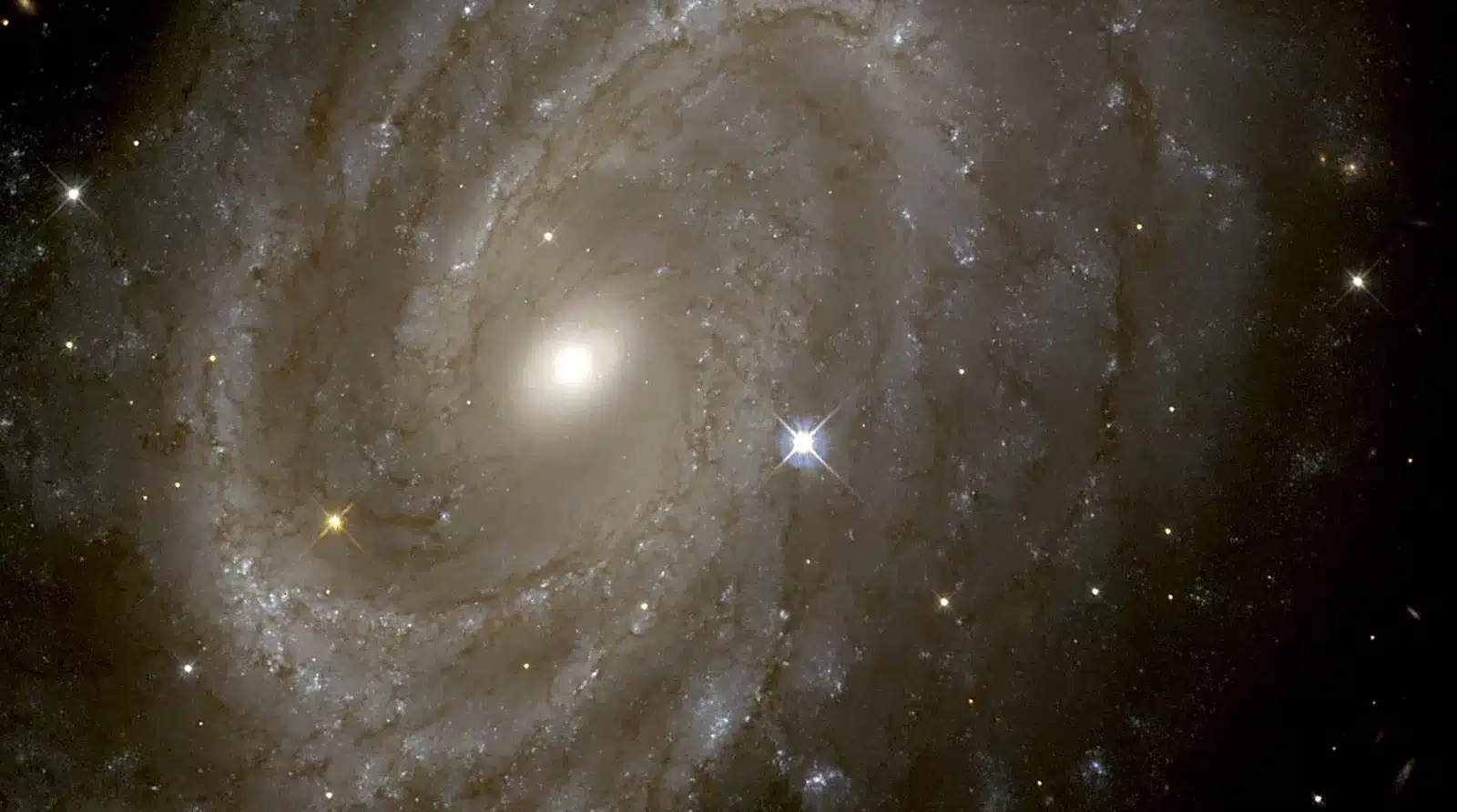Unraveling the Hubble Tension Mystery

The Hubble tension has become a significant topic in cosmology, raising questions about our understanding of the universe. Recent findings suggest that the Coma Cluster of galaxies is 38 million light-years closer to Earth than previously predicted by standard cosmological models. This discrepancy highlights a persistent issue regarding the universe’s expansion rate, which has been a subject of debate among scientists. The Hubble tension refers to the difference between the current rate of expansion and the rate predicted from observations of the early universe. As researchers delve deeper into this mystery, the implications for cosmology could be profound.
Discrepancies in Measurements Highlight the Issue
A recent study led by Dan Scolnic from Duke University and Adam Riess from Johns Hopkins University has shed light on the Hubble tension. Their research focused on type Ia supernova explosions observed in the Coma Cluster. These supernovae serve as standard candles, allowing astronomers to measure distances in the universe accurately. The study revealed that the Coma Cluster is approximately 321 million light-years away from Earth, a significant deviation from the 359 million light-years predicted by the standard cosmological model.
This discrepancy is crucial because it challenges the established understanding of the universe’s structure and expansion. The standard model relies on the Hubble–Lemaître law and observations of the cosmic microwave background (CMB). The findings from Scolnic and Riess’s study, anchored to Hubble Space Telescope observations, suggest that the universe may not behave as expected. Such deviations prompt scientists to reconsider their models and assumptions about cosmic distances and the forces at play in the universe.
The Hubble Tension Explained
The Hubble constant is a key measure of the universe’s expansion rate. It is derived from two primary methods: observing standard candles like supernovae and Cepheid variables, and analyzing CMB radiation from the early universe. The standard model predicts a Hubble constant value of 67.4 km/s/Mpc. However, recent measurements using standard candles indicate a higher rate of approximately 73.2 km/s/Mpc. This difference has led to what is known as the Hubble tension.
Efforts to resolve this tension have involved various instruments, including the Dark Energy Spectroscopic Instrument (DESI). Despite these efforts, results remain inconclusive, leaving scientists puzzled. The ongoing discrepancies between measurements from different methods suggest that our understanding of cosmic expansion may be incomplete. Researchers are now exploring new avenues to refine these measurements and uncover the underlying causes of the tension.
Implications for Cosmology
The implications of the Hubble tension extend far beyond mere numbers. The recent study challenges long-held assumptions about the standard cosmological model. It raises the possibility that unknown phenomena could be influencing the universe’s expansion. Some theories propose the existence of additional dark energy or other processes from the early universe that have yet to be fully understood.
As researchers continue to investigate these findings, the stakes for future studies in cosmology are high. The results have been submitted to The Astrophysical Journal, emphasizing the critical need for a deeper understanding of the Hubble tension. The scientific community is eager to explore these mysteries further, as unraveling the Hubble tension could lead to groundbreaking discoveries about the nature of the universe and its fundamental laws.
Observer Voice is the one stop site for National, International news, Sports, Editor’s Choice, Art/culture contents, Quotes and much more. We also cover historical contents. Historical contents includes World History, Indian History, and what happened today. The website also covers Entertainment across the India and World.

